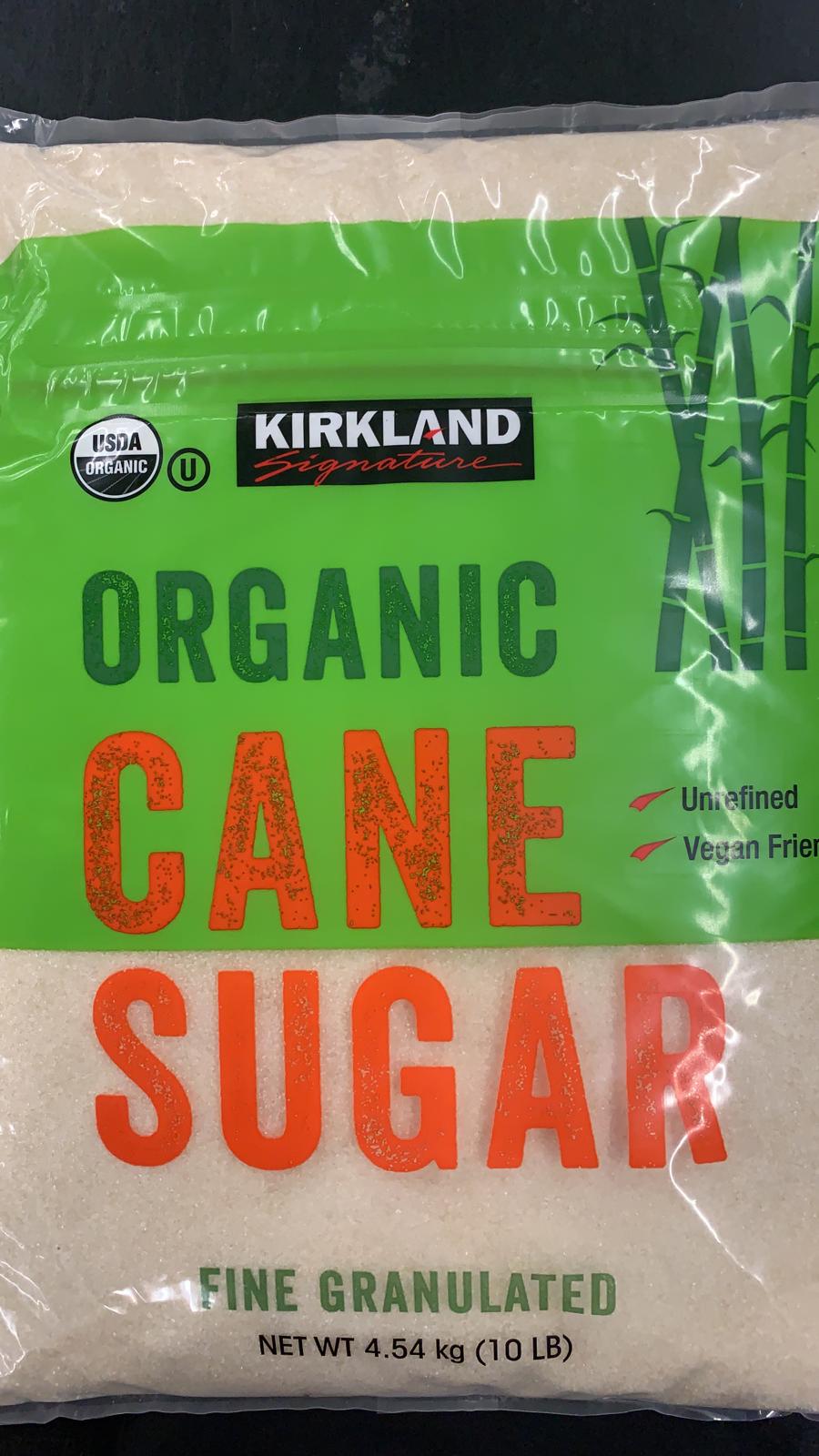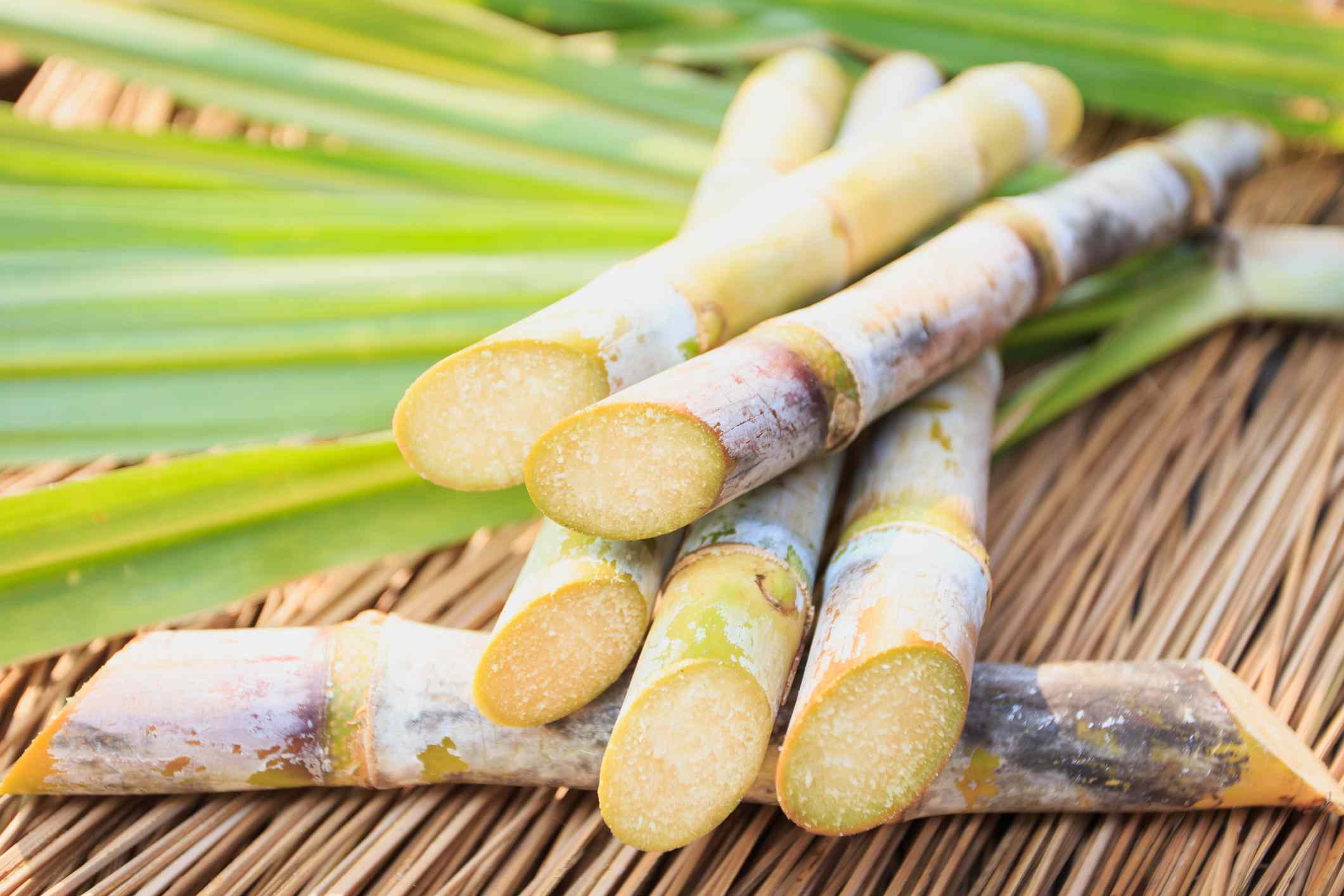The Trip of Cane Sugar Processing: From Harvest to Crystals
Wiki Article
An In-Depth Guide to the Ecological Impact and Sustainability Practices in Walking Cane Sugar Processing
The ecological effect of cane sugar processing provides a complicated selection of difficulties that warrant cautious examination. From dirt deterioration and excessive water use to the carbon footprint connected with cultivation and manufacturing, the consequences of typical practices are significant. What particular techniques can be executed to strike a balance between efficiency and environmental stewardship?Introduction of Walking Cane Sugar Processing
Cane sugar processing involves a series of methodical actions that transform sugarcane right into polished sugar. Originally, harvested sugarcane is transferred to refining centers, where it undergoes cleaning to eliminate dirt and debris. Following this, the cane is squashed to draw out juice, which is then made clear by removing contaminations through home heating and the addition of lime.The cleared up juice undergoes evaporation, where water is eliminated to focus the sugar content. This concentrated syrup is then crystallized with air conditioning, allowing sugar crystals to develop. These crystals are separated from the continuing to be syrup making use of centrifugation, causing raw sugar. To accomplish refined sugar, the raw item goes through additional filtration procedures, which might consist of filtering system and cleaning to get rid of staying contaminations and color.
The end product is after that dried and packaged for circulation. Throughout this entire process, preserving performance and top quality control is necessary to make certain the sugar fulfills sector requirements. Each action in walking cane sugar processing not only contributes to the end product however also has effects for resource use and waste generation, establishing the phase for conversations on sustainability and environmental impacts related to sugar production.
Ecological Difficulties of Manufacturing
The manufacturing of walking cane sugar provides a number of considerable environmental challenges that warrant interest. One primary problem is the substantial use agrochemicals, including pesticides and plant foods, which can lead to dirt deterioration, biodiversity loss, and contamination of neighborhood water resources. The drainage from sugarcane areas often lugs these chemicals into close-by communities, interrupting aquatic life and affecting the health of neighborhoods reliant on these water bodies.One more obstacle is the high power consumption related to sugarcane handling. The boiling and refining phases require considerable warm, mainly produced by shedding fossil fuels, adding to greenhouse gas discharges. Additionally, the expansive land area needed for sugarcane farming can lead to logging and environment damage, more worsening environment modification and harmful wild animals.
Furthermore, the labor methods in some areas raise ethical issues, as employees might face poor working conditions and inadequate wages. This circumstance usually bolsters a cycle of poverty in regional neighborhoods. Cane Sugar Processing. Addressing these ecological obstacles is essential for creating much more lasting practices in walking stick sugar production, eventually profiting both the setting and the areas included in this industry
Water and Land Usage Effect
Water resources and land use are important parts in the walking cane sugar market that significantly impact the atmosphere. The growing of sugarcane calls for substantial water input, with estimates suggesting that it can consume as much as 2,000 liters of water per kg of sugar produced. This intensive usage of water usually results in exhaustion of regional water resources, affecting not only the sugarcane vineyards but likewise surrounding ecological communities and areas that rely upon the same water sources for farming and domestic usage.
Furthermore, land use for sugarcane growing can bring about deforestation and the conversion of natural habitats into monoculture haciendas. This method reduces biodiversity, disrupts regional ecological communities, and adds to soil degradation. The expansion of sugarcane areas usually encroaches on important farming land, developing competitors for resources in between food and biofuel manufacturing.
Lasting practices, such as optimizing irrigation techniques and carrying out crop turning, are advice important to reduce these influences. By taking on extra reliable water use and land monitoring strategies, the walking cane sugar sector can lower its ecological impact, guaranteeing an equilibrium in between agricultural efficiency and environmental conservation.
Greenhouse Gas Emissions
Greenhouse gas discharges stand for a significant environmental worry within the cane sugar handling market, particularly as farming methods broaden to satisfy worldwide demand. The growing of sugarcane, a plant that thrives in exotic climates, relies greatly on artificial plant foods and chemicals, which contribute to laughing gas emissions. Furthermore, land-use changes, consisting of logging for new sugarcane ranches, release carbon dioxide saved in greenery and dirt.Throughout handling, power consumption is an additional significant resource of greenhouse gas exhausts - Cane Sugar Processing. Lots of sugar mills make use of fossil gas to power machinery and generate warm, leading to substantial carbon footprints. In addition, the transport of raw sugarcane and completed products adds layers of discharges through fuel combustion in vehicles
This includes assessing existing farming techniques, processing approaches, and transport systems to recognize areas for renovation and reduction. Attending to greenhouse gas discharges is necessary for promoting a more lasting cane sugar sector in an altering environment.

Sustainable Practices and Innovations
Lasting methods and advancements are significantly important in the walking stick sugar processing market as stakeholders look for to reduce environmental influences while preserving efficiency. One significant advancement is the implementation of integrated crop management, which read this enhances resource use by combining dirt monitoring, parasite control, and plant rotation methods. This approach improves yield while reducing chemical inputs and protecting dirt wellness.Furthermore, the adoption of renewable resource resources, such as biomass from sugarcane residues, has actually gained traction - Cane Sugar Processing. By converting waste products right into energy, processing facilities can minimize their reliance on fossil gas, thus reducing greenhouse gas emissions
Water monitoring practices have actually also seen improvements through the recycling and reusing of water in handling plants, dramatically reducing freshwater intake. Advancements in modern technology, such as precision agriculture, make it possible for farmers to keep an eye on plant health and resource use better, guaranteeing lasting farming techniques.
Furthermore, certification programs like Fair Profession and Rainforest Partnership urge environmentally liable farming techniques and advertise social equity within the supply chain. By accepting these lasting methods and innovations, the cane sugar processing market can improve its durability and this article contribute favorably to environmental stewardship.
Conclusion
The ecological effect of walking cane sugar handling provides substantial difficulties, consisting of soil deterioration, high water consumption, and greenhouse gas emissions, together with ethical worries associated with labor practices. Attending to these issues through sustainable methods, such as incorporated plant administration, sustainable power fostering, and water recycling, is necessary. By promoting environmentally liable and socially fair techniques in sugar manufacturing, the industry can reduce its damaging effects, guaranteeing a more sustainable future for both environments and areas associated with this sector.Walking cane sugar handling involves a collection of methodical steps that change sugarcane right into polished sugar. Each step in walking stick sugar processing not only adds to the last item but additionally has ramifications for resource use and waste generation, setting the phase for discussions on sustainability and ecological influences connected with sugar production.
Greenhouse gas emissions stand for a considerable ecological problem within the cane sugar processing sector, especially as agricultural techniques expand to satisfy global need.Lasting practices and innovations are progressively crucial in the cane sugar processing industry as stakeholders seek to decrease ecological impacts while maintaining productivity.The environmental effect of walking stick sugar handling provides substantial difficulties, including soil degradation, high water usage, and greenhouse gas emissions, together with ethical worries connected to labor practices.
Report this wiki page